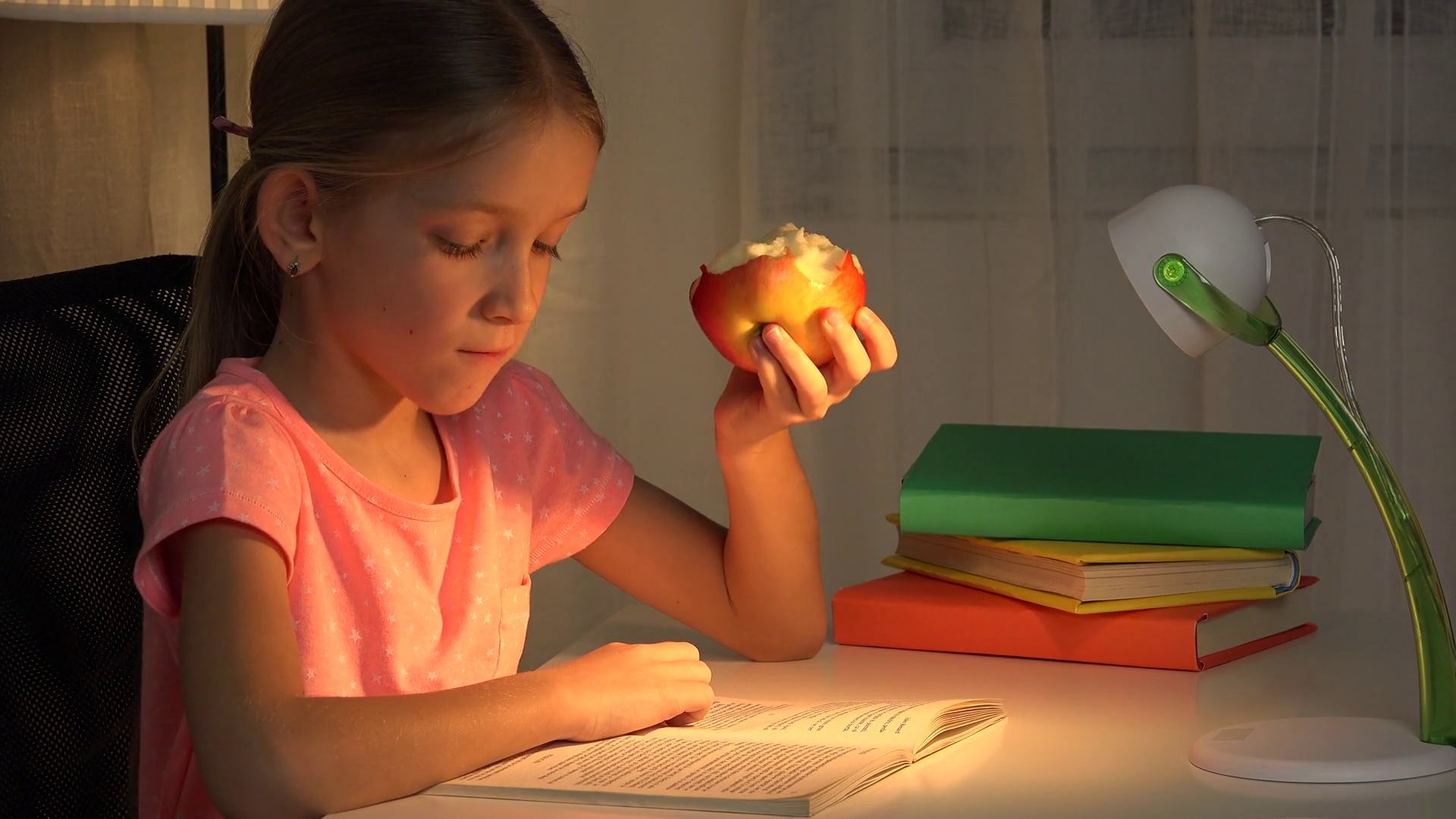Visual sensitivities are very common among children with Autism and SPD. A visual sensory overload can happen rapidly, be disorganizing, upsetting, as well as elicit a strong and often painful response. This is typically seen in the form of physical tantrums and meltdowns. Children may be prone to shutting down, often protesting to avoid common situations and daily routines.
The environment plays a significant role in vision for our children. Think about all the places our children go. Most of their time is predominantly spent at home and in school. But those trips to the grocery store elicit increased visual demands, from the car ride to the lighting inside the store. Think about how visually stimulating a grocery store is for someone without special needs. Know that being aware of lighting and making available modifications when possible can be super simple--yet super beneficial for our little ones. Here are some ideas that can be easily implemented or avoided:
Do’s:
- Natural sunlight: Indirect natural sunlight is the optimal visual situation. If you can’t be outside, open all of the curtains or blinds; be surrounded by natural light, which has been shown to improve mood, health and attitude. Studies have indicated that natural light dramatically improves sleep cycles.
- Placement of lighting: Think about where the source of light comes from (again ideally be surrounded by natural light). Are your lights on the ceiling or do you have table/desk/floor lighting. Preferably avoid overhead lighting.
- Light reflection: There are different ways that light can reflect off of the floor. If possible, be in a room that has a rug or carpet as opposed to tile on the floor.
- Dull colors: Using colors such as blue elicit relaxation and creativity. You want more dull, muted colors as opposed to shiny and bright.
- Hat or visor: Using something to block unavoidable bright light is often helpful for visually sensitive children. Wearing any type of hat or visor as well as sunglasses is effortless and helpful.
- Colored light bulbs: Depending on the child's preference, it is very easy to use colored light bulbs-again blue is ideal for calming and focusing.
- Reduce glare: When using a computer, tablet or any screen, keeping it away from a window reduces the glare, which will improve visual tolerance. Ideally avoid any screen for at least one hour prior to bedtime. As mentioned above, sunglasses are a great option when outdoors (and a variety of lenses are available to reduce glare). Another option for sensory lighting is to use car shades on the windows.
- Reduce visual stimuli: Having less is more in this situation. Having clutter free rooms (walls included) will diminish visual overload.
- Control: Create an environment that enables the child to have more visual control; install a dimmer on the light switch to allow him/her to adjust it to their liking. As mentioned above, a nice option is having a variety of colored light bulbs from which the child can choose. Sensory light toys such as a lava lamp or a light projector with a variety of calming images and colors is often visually pleasing for children.
Don’ts:
- Fluorescent lights: Any type of fluorescent or artificial lighting tends to have greater negative effects on light sensitive children. This lighting has been shown to increase visual stress resulting in undesired and repetitive behaviors.
- Bright colors: Bright colors tend to be alerting and elicit excitatory reactions.
- UV lights: Similar to fluorescent lights, UV lights can produce adverse reactions and behaviors for children with light sensitivities.
- Flicker/hum frequency: Many children, especially those with Autism have heightening senses. Oftentimes, these children can easily hear the flicker or humming of lights. This can quickly create disruption, disorganization and sensory overload.
Light modifications can aid in the development of a calmer, more organized child who can interact and engage in a less stressful environment. Given this environment, children have a better chance to focus and learn, resulting in greater confidence and success. While every child has different light experiences, individual modifications can make a profound difference, enabling children to open their eyes to a whole new world!




Leave a comment: